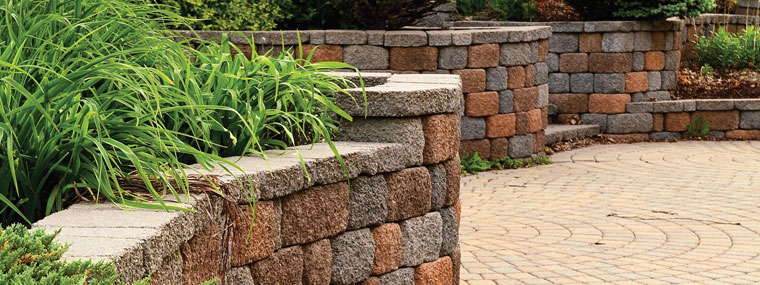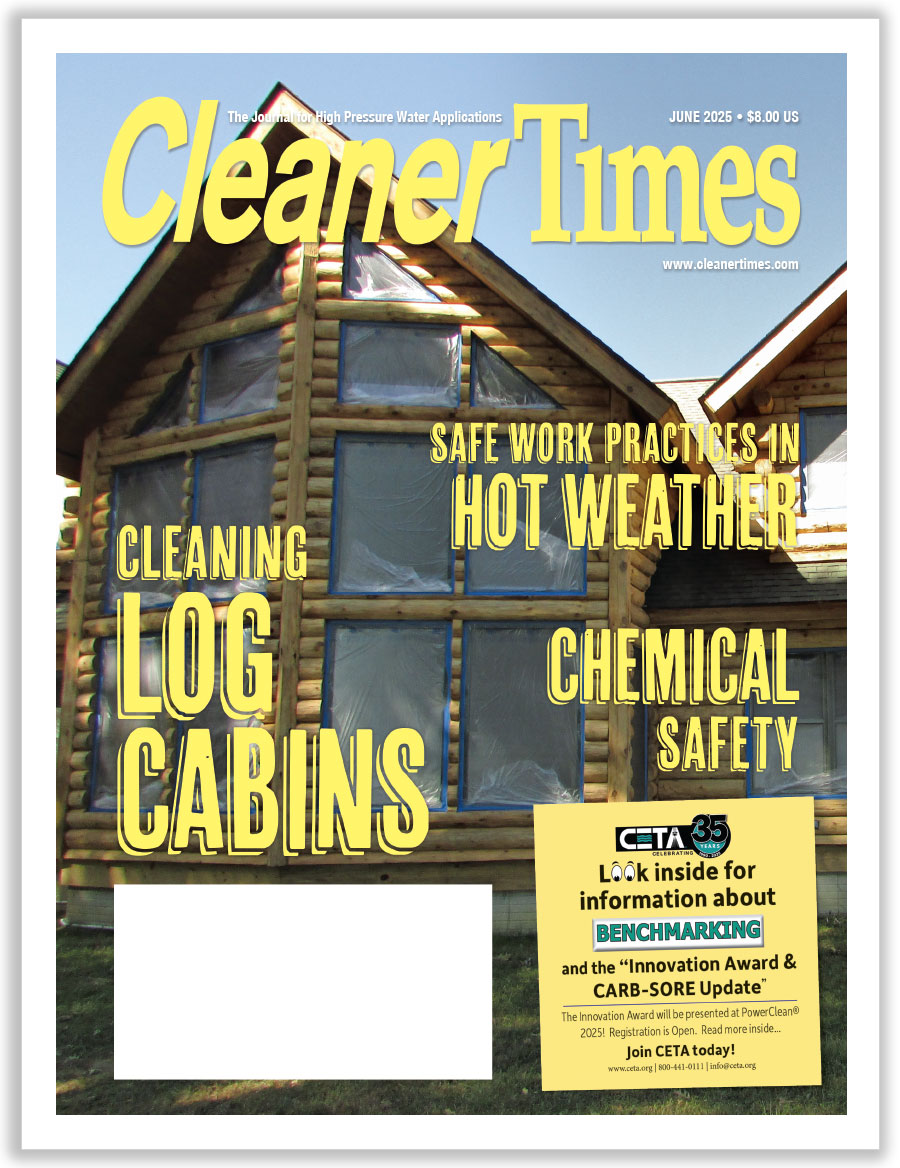
How to Prepare a Surface for a Sealant
By Diane M. Calabrese / Published March 2023

Several etymological sources cite 1945 as the year when the term sealant was introduced. The root word, “seal,” dates at least to the 13th century and moves from identifier to wax closure with identifier on a letter or proclamation. In the late 18th century, “seal” became part of idioms like “seal one’s lips” and “seal one’s fate.”
Twenty-first century architectural sealants are the result of continuous innovation and improvement. And they become better each day thanks to intense research and development, a significant part of it catalyzed by interest in doing more with less. Longer life for substrates means less raw materials used and less emissions.
(As for figurative promises that lips will be sealed, everyone is still working on that.)
The point of a sealant is to render the surface impermeable at least for a time, as long a time as possible. The effectiveness of a sealant begins with proper preparation of a surface. What could go wrong without the necessary prep work?
Remember the last cut or abrasion on a dirty hand. No one would just slather some form of liquid bandage over the injury without cleaning the skin.
First get rid of the debris. Then, apply the sealer. That’s where success with any sealant begins.
“Power washing is extremely important,” says Breck Tatum, sales representative with Deco Products Inc. in Denver, CO. “It should be done with more diligence and attention to detail when sealing versus not sealing.”
A pressure washer may be the best match for some surfaces, but it is not the best for all surfaces. “On concrete brick pavers it is best to use a surface cleaner because it cleans from all angles for the best results when sealing,” says Tatum. The goal is to remove almost all soiling.
Some substrates are more difficult to prepare than others. “Due to the crevices and places for mold and fungus to hide, you would have a difficult time prepping for both concrete pavers and low-quality travertine,” says Tatum.
Travertine is a type of limestone. Its delicate off-white and earth-neutral tones are favored by many people who want a natural look to their hardscape.
Each type of surface has its own profile of requirements. Some substrates tend to get less attention than others, often because they are in a less critical setting.
“The most neglected substrate is usually pavers,” says Tatum. The reason stems from “more angles and cavities” that can be unintentionally overlooked when cleaning prior to sealing.
Understand the parameters before beginning a sealing project. “Do your research,” says Tatum.
“You will need to take into account any prior natural or unnatural stains, oils, or coatings on the substrate,” explains Tatum. “And talk to the homeowner to see what their preference is for the end result.”
Some homeowners will want a natural look, says Tatum. Others may want an enhanced or shiny look.
Again, the sealant is designed to block penetration of the substrate by water and organic growth. There is no universal sealant. Just the many grades of concrete, for instance, generate several questions regarding which sealant to use.
But concrete should be sealed, says Tatum. “Concrete is a porous substrate, and sealing will help to protect the aggregate.”
Do No Damage
Back to that cut on the hand. Washing it prior to the application of an antiseptic seal is one thing. Forcing an intense spray of water into it is another.
Steve Neri, owner of Diamond Pressure Washing and Maintenance Corp. in Staten Island, NY, has abundant experience with paver cleaning and sealing and concrete cleaning. Both are among the many services his company offers in residential and commercial cleaning.
At the conclusion of a cleaning and sealing project, a substrate should have its appearance restored. That’s in addition to being bolstered for greater longevity.
Neri’s first objective is to do no damage to a substrate. “The pavers are so temperamental now,” he explains. “I use very high temperature and rinse lightly with chemicals.”
Too much pressure damages pavers. “Four thousand psi is way too much pressure,” says Neri. It can result in markings known as “swirls” on the substrate.
Instead of high pressure, Neri uses low pressure and high temperature. Neri relies on a hot water machine capable of temperatures up to 180°F. But he emphasizes that each type of substrate must be evaluated and matched to a cleaning method that corresponds to what its manufacturer recommends.
“I do my research,” says Neri. And it’s his hope that others do the same so as to avoid imperfect outcomes.
For instance, a manufacturer will provide a timeline for how long to wait after installation to seal. Follow it.
“People are sealing pavers that are too young,” says Neri. In doing so they “trap the efflorescence,” and the appearance of the paver is diminished.
In Neri’s region, a license is necessary to install pavers. He explains that’s a good thing because it ensures the installation is done properly.
“An ounce of prevention goes a long way,” says Neri. Without a good base—meaning the recommended layer and grade of sand, the pavers won’t meet expectations for durability.
Neri also points to travertine as a tricky stone. Being a limestone, travertine is quite porous, which contributes to its beauty but makes it difficult to seal.
Determining which substrates to seal, how to seal them, and how to clean them first demands knowledge of the substrate. Experience also enters the picture, says Neri.
“I don’t touch concrete if it’s less than a year old,” says Neri. That threshold comes from both research and experience.
Even following the recommendations of manufacturers, a contractor must be attentive to atmospheric conditions when applying a sealant, explains Neri. For one, humidity and temperature can affect the success of the process.
The rules about using volatile organic compounds become stricter each day. On January 5, 2023, the National Volatile Organic Compound Emission Standards for Architectural Coatings (ECFR 40, Chapter 1-Environmental Protection Agency, Subchapter C-Air Programs) were updated. The rules set limits for amount of VOC in a product, as well as fees for overages. When VOC limits change for manufacturers, some of them may make changes to the formulation of their products, so always check the most-up-to-date instructions for use.
Right alongside the manufacturer, the owner of the substrate is the most important source of information.
Talk to the owner. That can’t be emphasized enough.
“I need to know some history before starting a project,” says Neri. “How old is the surface? Has it ever been sealed before?”
And understand the outcome the owner wants to achieve. Some owners may want a color enhancer, something that other owners decidedly do not. Some want a wet look.
Different customers. Different environments. And different substrates. “Everything’s a different animal,” says Neri.
Neri’s experience with cleaning and sealing extends to re-sanding paver joints. Currently, in addition to operating his company, he is building a machine for use in cleaning and sealing that he plans to take to market in the not-distant future.
Just How Many?
The purpose of wood and concrete/masonry sealers is understood as protection. True, not all water penetration or insect, pest, or fungal invasion are thwarted. If there’s a workaround, a bit of unprotected entry path, the route will be taken by the water and the organisms.
For every general category of sealants, though, the varieties continue to grow. End users want products that are easy to apply, give eye-catching results (some with tints, for instance), and meet the most optimistic projections for timespan between successive sealant applications.
Regulators, such as the EPA, look at sealers from a different vantage, environmental impact. Rules for VOC content are specific to the type of sealant.
For example, the EPA puts concrete sealers into four categories of compounds: curing, curing and sealing, protective coating, and surface retarder. The curing coating is formulated for application to newly placed concrete, and its purpose is to retard the evaporation of water.
The concrete curing and sealing category is reserved for a liquid membrane-forming compound that reduces water loss during hardening, while it simultaneously fosters resistance to alkalis, acids, and ultraviolet light. (This category must meet an ASTM standard for membrane-forming compounds.)
The concrete protective coating category encompasses coatings applied in a single coat over concrete, plaster, or other cementitious surfaces that can be applied over oils that form or uncured concrete. Coatings in the category are designed to prevent both spalling in freezing temperatures and intrusion of water and chloride ions.
The concrete surface retarder category includes retarding ingredients (pigments, resin, solvent) that interact chemically with cement to prevent hardening on the surface. The category serves the objective of creating an aggregate finish to concrete by allowing the surface mix of sand and cement, which is delayed in its hardening, to be washed away.
The EPA has purview over every type of architectural coating, including decorative, such as faux-finishing (wet-in-wet techniques), and fire retarding. No coating or sealant evades scrutiny. And that’s another excellent reason to follow all instructions from a manufacturer scrupulously.





